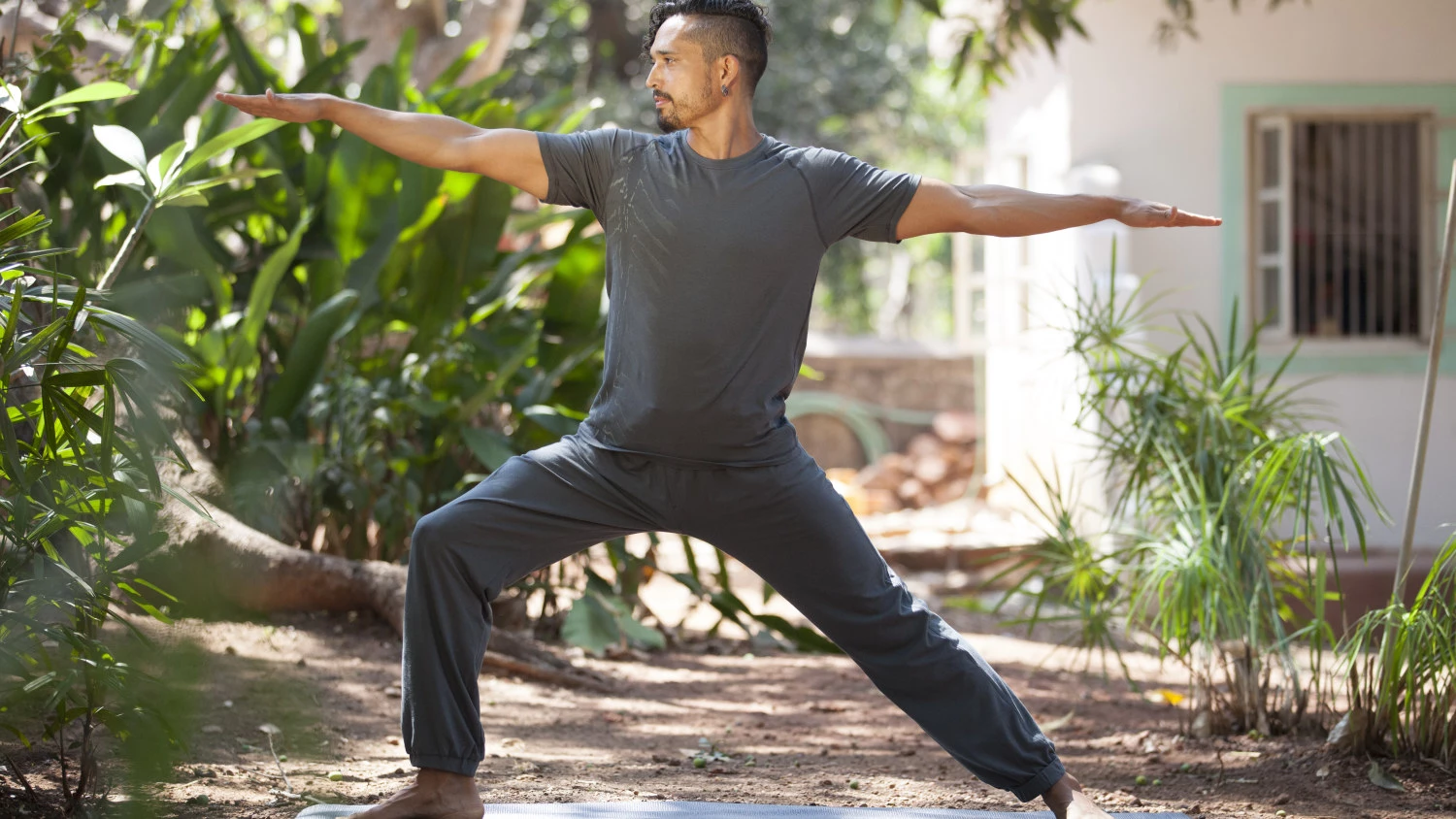Helping Others Heal Themselves – Yoga Finds Its Way Into Pakistani Prison

A recent article in Reuters tells the story of Aisha Chapra, a yoga instructor and former social worker who volunteers her time teaching yoga to the inmates at a women’s prison in Karachi, Pakistan. Inspired by the transformative role of yoga in her own life, she undertook the program when she moved from Canada back to her native country of Pakistan in 2009. Now her innovative yoga program is a major part of the prisoners’ lives.
“Yoga helped me survive and provided me a lot of relief,” Chapra said in an interview with Reuters. “And because yoga was my way of healing, I figured I should help others learn to heal themselves, especially those who cannot afford to do so.”
Chapra was partially inspired by the Bhopal Central Jail in India, which offers prisoners incentives to do yoga. Their policy is that, for every three months that the prisoners are enrolled in the program, their sentence is reduced by 15 days. In Bhopal Central, as in the Pakistani prison where Chapra works, the yoga programs have had a measurable effect: reduced rates of conflict and violence. Additionally, it reduces stress for the inmates and helping them prepare for their eventual release.
“Yoga has given me peace of mind, it takes away all my tension,” said Yasmeen Arif, one of the inmates with whom Chapra works. “Since we started yoga, with time, I have learned to channel my frustration and anger toward being more calm.”
Yoga programs in prisons aren’t widespread yet, but they are a few well-established ones. The Prison Yoga Project, founded by yoga instructor James Fox, started at the notorious San Quentin Prison and has spread to prisons and at-risk youth centers around the country. Yoga Impact, based out of Colorado, trains instructors to work with underserved populations, including inmates. In New Hampshire, John Schlosser has taught yoga in prisons on and off since 1975.
Additionally, new evidence shows prisoners who have the opportunity to practice yoga are less likely to be re-incarcerated. A 2008 article in the International Journal of Yoga Therapy found that inmates who took more than four yoga classes had a re-incarceration rate of 8.5 percent, as compared to the rate of 25.2 percent for prisoners who hadn’t done the yoga program.
Prison yoga programs tend to be funded by tax dollars, which means they frequently find themselves on the chopping block. But as more evidence suggests that they help criminals overcome issues around anger and substance abuse, they may become an invaluable part of the criminal rehabilitation system.


